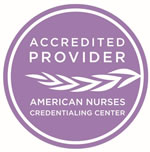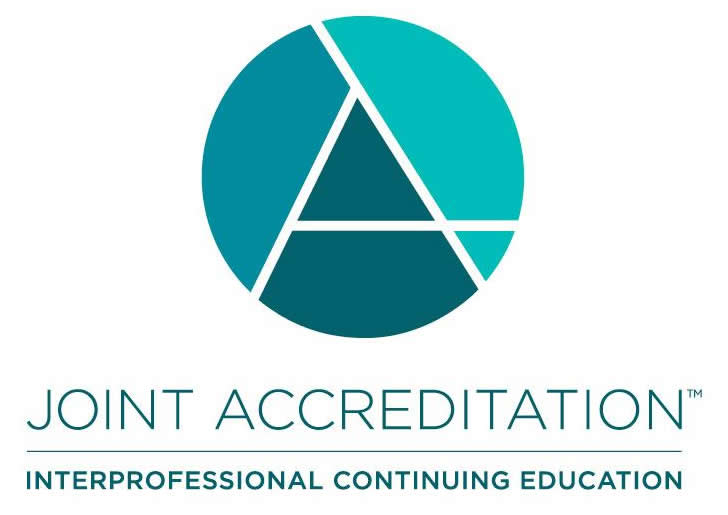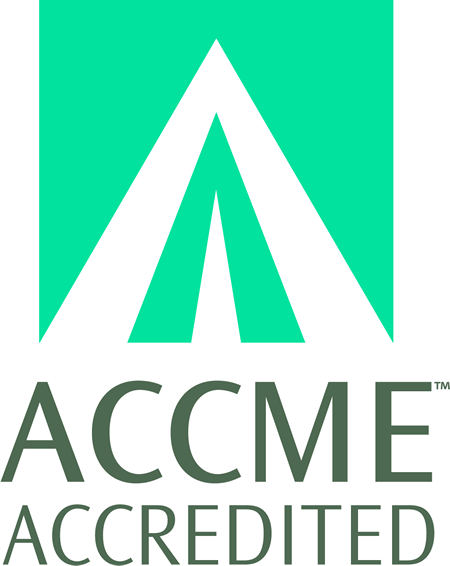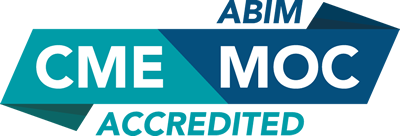
COURSE CREDITS & HOURS
AMA PRA Category 1 Credits™14 ACPE Credits
14.0 (part II) MOC points in medical knowledge in the American Board of Internal Medicine's (ABIM) Maintenance of Certification (MOC) program
COURSE FEES
TARGET AUDIENCE
PROGRAM PURPOSE
- Primary Care Treatment of Essential Hypertension: A 2018 Update
- Upon completion of this session, participants should be able to customize their treatment approach in the essential hypertension patient and maximize the percent of patients treated who reach goal blood pressure.
- Atrial Fibrillation: What the Primary Care Practitioner Needs to Know
- Upon completion of this session, participants should be able to discuss the newest information regarding atrial fibrillation and describe the role of anti-arrhythmics in the management of the disease.
- Thromboembolic Disease in Primary Care: Focus on the New Anticoagulants
- Upon completion of this session, participants should be able to discuss the role of the new oral anticoagulants and describe any relevant differences between the available agents.
- Asthma and COPD: New Recommendations and Treatment Options
- Upon completion of this session, participants should be able to discuss the new recommendations for treatment of patients with asthma and COPD.
- Primary Care Treatment of Urinary Tract Infections in the era of Increasing Bacterial Resistance
- Upon completion of this session, participants should be able to discuss the treatment options for UTIÂs in the era of increasing antimicrobial resistance
- Antimicrobial Resistance: Implications for the Primary Care Provider
- Upon completion of this session, participants should be able to describe the impact of antimicrobial resistance in both gram-negative and gram-positive infections and discuss treatment strategies for common infections.
- Osteoporosis: Review of Guidelines and New Therapeutic Options
- Upon completion of this session, participants should be able to describe the new National Osteoporosis Guidelines and how the recommendations will impact the treatment and prevention strategies in their patients with osteopenia or osteoporosis.
- Gout - Management and where we fall short
- Better manage acute flairs and improve confidence with chronic gout treatment
- Back pain - is it inflammatory
- Identify different presentations of mechanical versus inflamatory back pain
- Lupus
- Recognize the dianostic criteria, lab test and potential triggers for flairs
- Monitoring of Rheumatology Drugs -what to watch out for
- Inform practitioners of common and not so common potential side effects and risks of drugs
- Labs and Radiology and their limitations
- Assess labs and radiology results especially in initial work-up
- Clinical approach to Rheumatic Diisease
- Identifying Arthritis vs. other Musculoskeletal pain and how to work it up
- The Pregnant Patient
- Manage the unique challenges seen in Pregnant Rheumatologic Patients

























